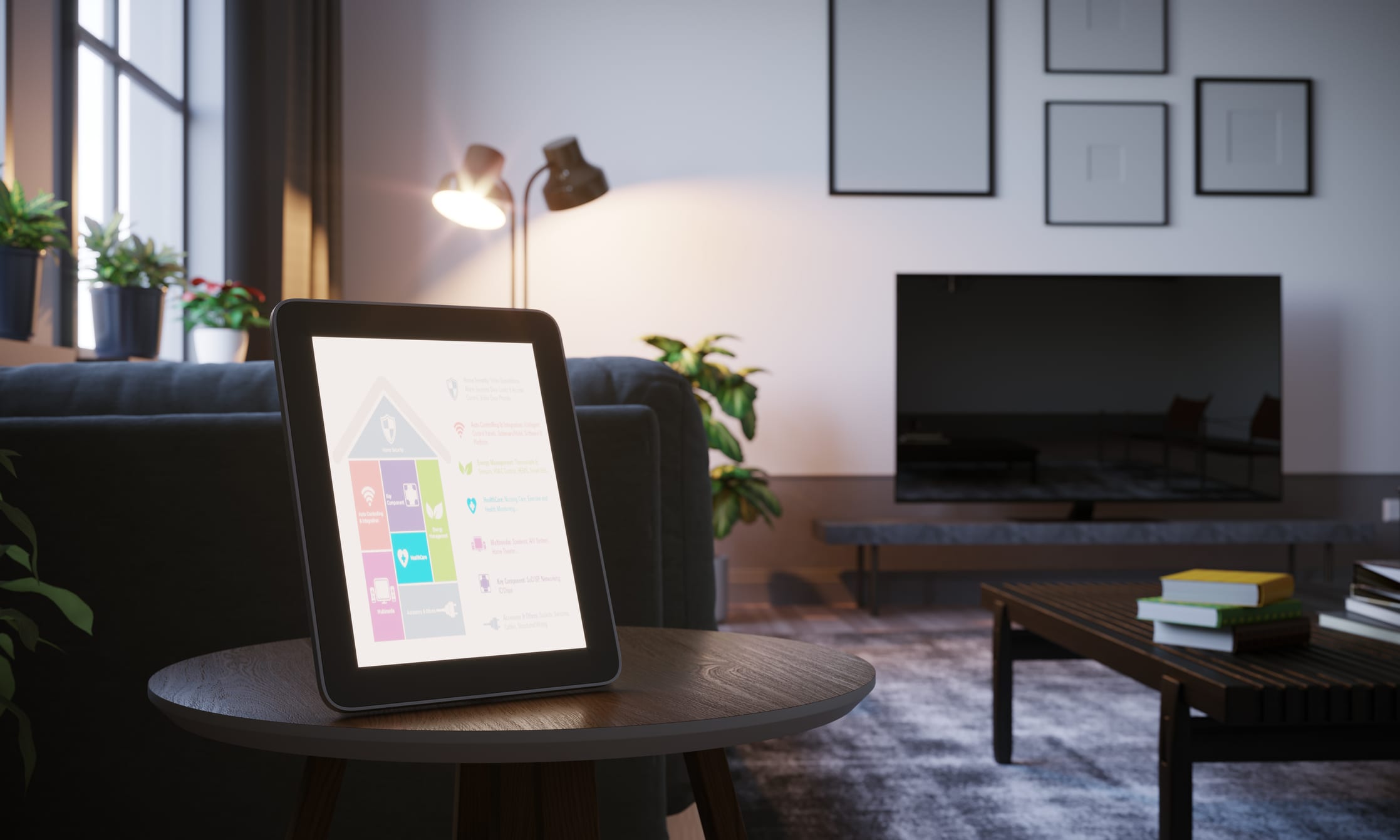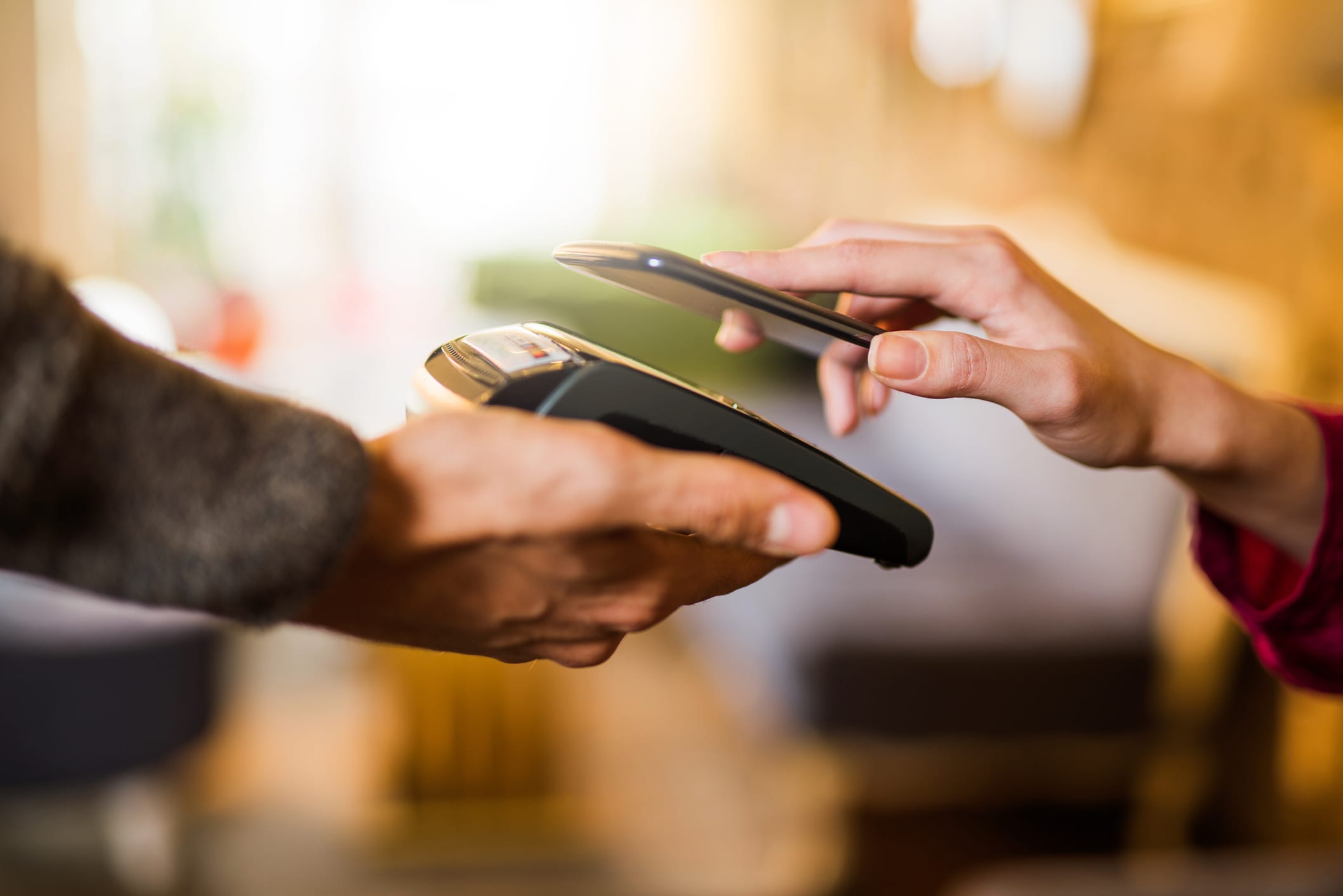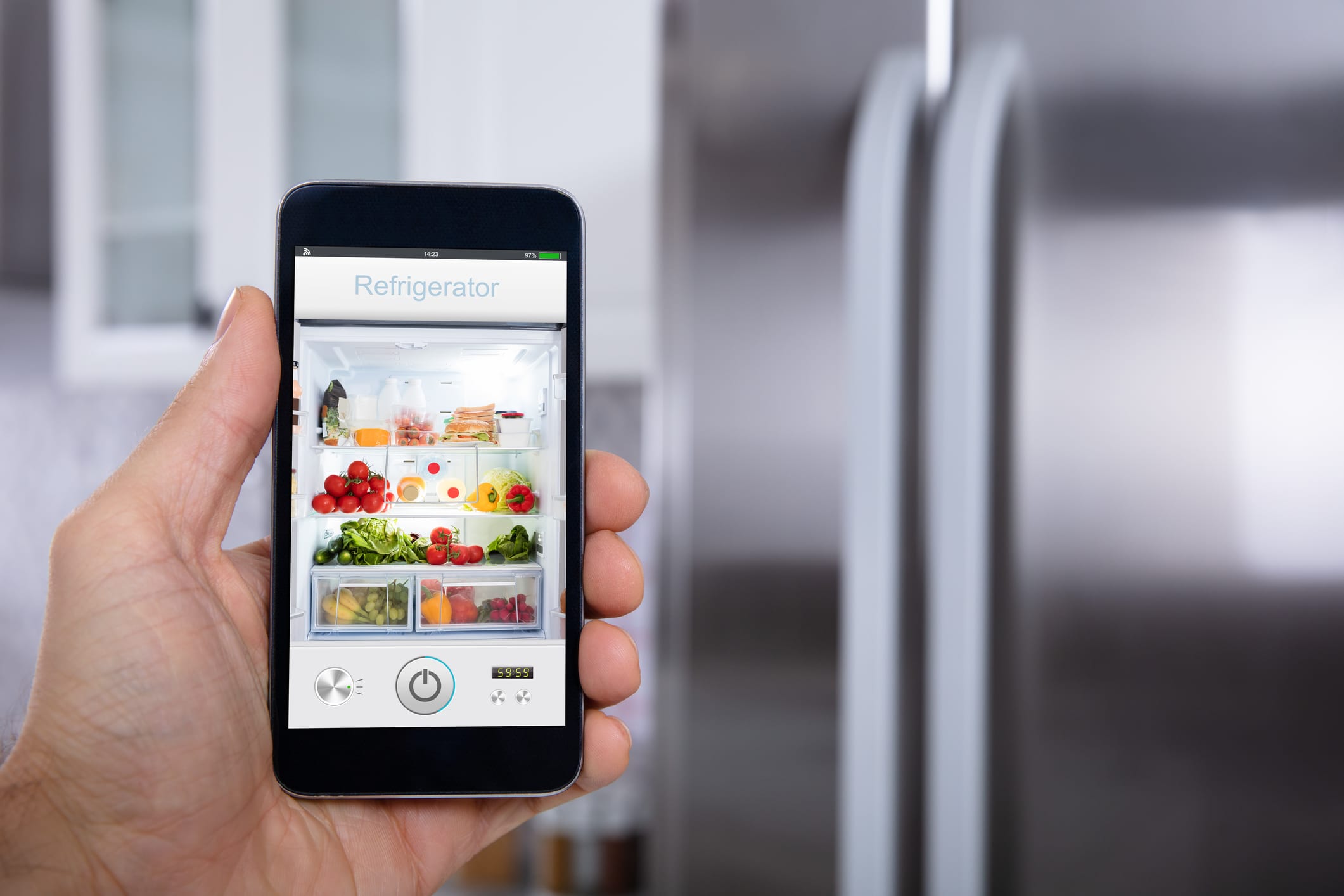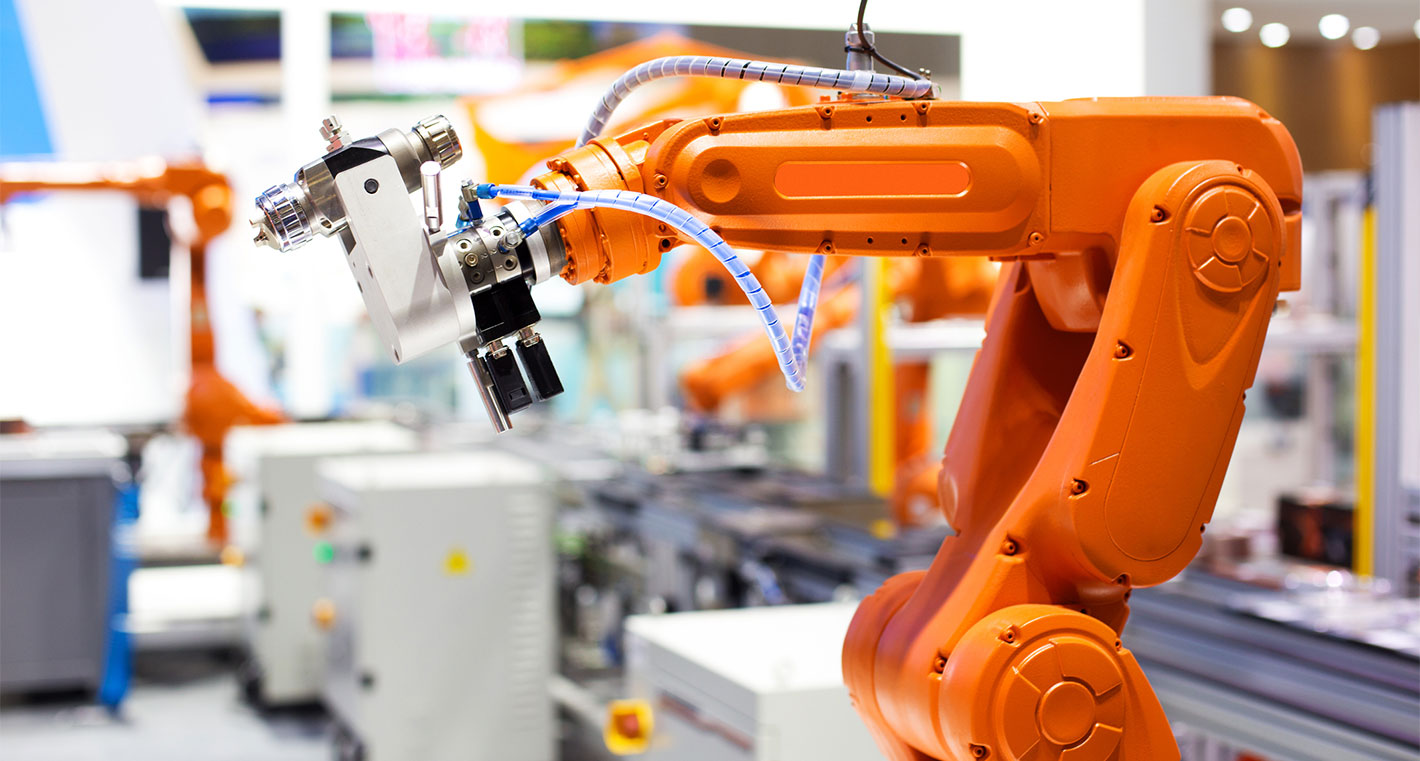As a leader in innovation and technology, we felt it appropriate to share a recent talk by our CEO, Sean Stephens where he addressed four of the hottest questions in the field:
- What is the internet of everything (IoE)?
- How is it changing business?
- What are common products are we already seeing in this space?
- How can it apply to your business?
You may have heard the expression internet of things (IoT) referring to internet enabled products such as appliances, vehicles, wearable and more. What then is the difference between IoT and IoE? That’s an entire other article, but to put it simply:
The difference lies in the intelligent connection.
An IoT device or product relies on the physical object to communicate, whereas an IoE device relies on network intelligence to bring all of the concepts together into a more united system.
Contents
What Is The Internet Of Everything?
As technology evolves, there is a goal to have every single object connect to the internet in some way. This is a significant change in the information age by being connected to all our devices, utilizing machine learning to predict our every wish and desire. Does that freak you out, or excite you?
Before we get into that, let’s look back to see how we got to where we are today. Essentially there have been four revolutionary periods, and we are living in one of them today:
- The revolution of steam, the ability to push and drive through waterpower.
- The manufacturing revolution.
- The birth of technology with inventions such as the telephone, television, cell phones, wireless devices and more.
- Today is the revolution of the internet of everything. From doors and fridges to vehicles and thermostats, almost everything is being embedded with electronics, software, sensors and connectivity, which enable things to connect and exchange data.

You are likely already using IoE and don’t even realize it! Let’s be clear though, cell phones and social media are not IoE. Devices such as thermostats and home cameras that monitor your home, connected cars with Google GPS and traffic tracking, and activity monitors that track your health, are. Soon we will have fully connected lives.
How Is This Changing Business?
It’s affecting our buying decision, to know or not when it’s connected to our personal devices or our businesses. Soon the IoE devices will become as second nature as your cell phones and coffee makers.
What Common Products Are We Already Seeing In This Space?
One of the most common: sensors. The extensibility of a sensor is endless; from knowing the position of something, the movement or displacement of an object and the velocity, to monitoring the temperature or moisture of a space, air quality, presence of chemicals and more.
You can likely think of products that identify with these sensors: smart fire alarms, smart water meters in townships, smart water monitors in basement, and smart carbon monoxide detectors just to name a few.
What makes sensors so special? You might be thinking “simply adding a sensor isn’t IoE” and you’re right! The magic comes when we start to think about changing human behaviour through positive access to information. Really, isn’t that why the sensor is there, for connectivity and access to data? We often think about connectivity being wires hooked up to two objects. Where we start to push the boundaries is when we remove the wires and connect through other options.

Let’s explore some of the technological options, which are pushing everyday devices into the IoE space:
- Bluetooth – the connecting of devices within a limited space often about 30 meters, such as your speakers or headphones.
- Radio-Frequency Identification (RFID) – scanning of devices when passed through an entry point. There are several options of RFID types: paper based, labels, inlayed, buttons, chips, glue, key and more.
- Near Field Connection (NFC) – This involves a very close connection, for example tapping your visa on a point of sale.
How can we use this data to change behaviour?
Food Industry
In a recent study using sensors and data, researchers found that Canada produced enough food for 52 million people. As our country is home to 32 million, 58 per cent of food produced is wasted. How could IoE make a difference to the food production industry in Canada or the world? It can be used to track where in the food chain spoilage occurs to help reduce the amount of waste and optimize distribution.
That’s one area, now let’s look closer at the consumer level: in a fridge.

There are monitor-censored fridges available – but how many of us can afford an $8k fridge? Now imagine if you could make your fridge IoE through the use of a sensor. You would know if the door got left open accidentally, if the temperature drops or if your kids are grazing and opening the door every 5 minutes, causing massive temperature changes.
Gun Control
While this is a larger problem south of border, it’s fascinating the number of accidental deaths due to guns. Imagine if you could monitor the movement of guns, the cupboard door or drawer where it’s stored. You are instantly notified and can act. What effect would that have on the behaviour of others and us?
Water Damage
Water is the most common cause of damage and accounts for 50 per cent of home insurance claims. Imagine how with the use of small sensors, insurance companies could save thousands of dollars in claims by installing sensors in basements, sump pumps, and under sinks to catch leaks before they get out of control.
With these examples, we can see some simple IoE wins:
- Remote control and monitoring
- Reduce costs
- Data collection
- Theft, spoilage and damage prevention
- Health monitoring
How Can It Apply To Your Small Business?
Let’s look at a few examples:
- Asset tracking for your entire business
- Movement
- Monitoring supply chain inventory
- Monitoring door movement to identify how long people stay in certain areas of a restaurant or business
- Manufacturing – industrial IoE in robotics
- Storage units and warehousing – monitoring the doors, temperature and humidity levels

The possibilities are endless.
Make it your own. Have you identified a specific problem that you have due to lack of access to regular data? Could you change the flow of work or increase savings in your business by leveraging sensors and data collection?
Where Do You Start?
Having helped several companies across Southern Ontario, we’ve identified the steps to take for bringing your IoE ideas to life:
- Do you have a problem you are trying to solve? What are the basic function and features?
- Once the idea is identified, start to sketch it out, create variety of ideas, explore alternatives, foster discussion around the potential or prototyped product, root out bad ideas, identify what you will measure
- Design & Architecture
- Mapping the user through use of the tool or device? How will you connect to them?
- Identify the data to collect
- Create 3D print or rendering of the concept
- Prototype
- Develop
- Beta-test
- Go to market
Ten years ago, if you wanted to bring a concept to fruition, it would require thousands of dollars, crowd funding and more to simply get it to market. Now with the use of 3D rendering and technology, your ideas can be birthed with relatively less investment, and in weeks not months or years.
So, what’s your idea? Connect with us; we’d love to hear it!
